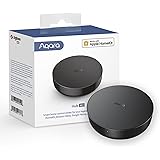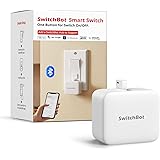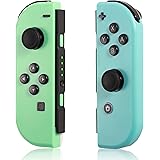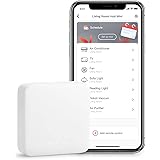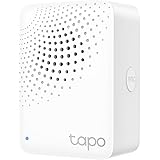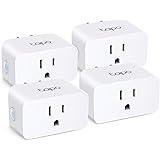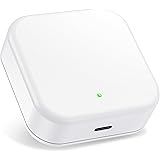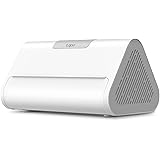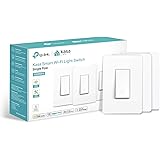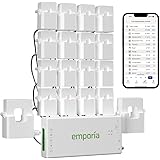
Home automation is the use of smart technology to automate a range of features and tasks. These could include everything from turning on lights when you enter the room to scheduling TV or music to play at a set time. It can also be used to reduce energy consumption, such as by using sensors to monitor when rooms are occupied or switching off appliances when no one is at home to avoid “standby” power drains.
As the smart tech market continues to grow, so too do the options available for home automation. Unlike the early days of the internet where only the very best devices could be considered, today it’s possible to create a smart home that’s unique and affordable to suit your individual needs. The key is to start small and build a system over time. Our room-by-room guide shows how to get started and then offers a number of ideas for how to expand or refine your setup.
A key component of any smart home system is a device called the controller, hub, gateway or bridge. This is what connects all of the Smart gadgets in your home and enables you to create and run automation logic, or “Flows” as they’re also known. These are triggered by different events, such as motion sensor activation or raising the heating temperature just before your family gets home. You can also trigger a flow from your smartphone or tablet using apps such as IFTTT and many devices have their own built-in digital assistants, such as Alexa, OK Google or Siri.
These devices can be used to control a wide range of gadgets, including lights, switches, alarms, door locks, cameras and more. They can also be used to help you to optimise your daily routine and improve your living space. One of the main reasons for installing an automation system is to make things easier. It might be something as simple as a light switch with integrated remote controls or it might be setting up your home security so that you can check that the front door is locked when you’re not there.
Automation systems are also great for reducing your energy usage and even helping you to cut down on food wastage. Smart power outlets and plugs can be used to automatically turn off lights or appliances when they aren’t being used and they can be paired with thermostats and other energy-monitoring gadgets to keep your home at the right temperature and to minimise any wasted electricity. They can even work with systems such as Solar PV, Battery Storage or Air Source Heat Pumps to balance your self-generation and help you to reduce your carbon footprint.
